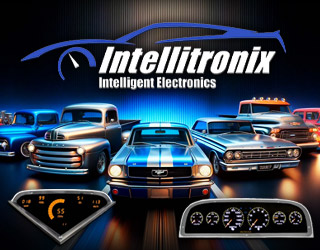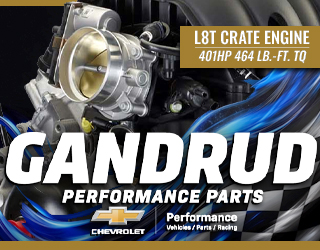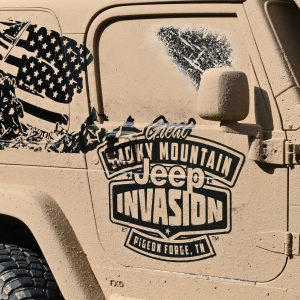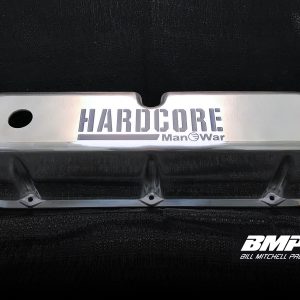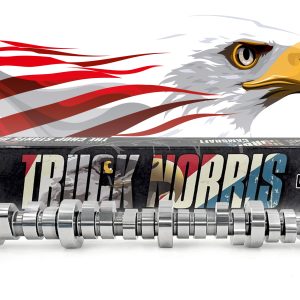Engine

For many years, multiple-carburetor setups have been a popular choice for rodders who want to add some extra power and visual appeal to their engines. However, these setups have traditionally been difficult to tune and keep in sync. The Barry Grant Six-Shooter solves these problems by using three 250cfm two-barrel carbs that are linked together with a well-designed throttle linkage system. The result is a system that looks great and performs even better.
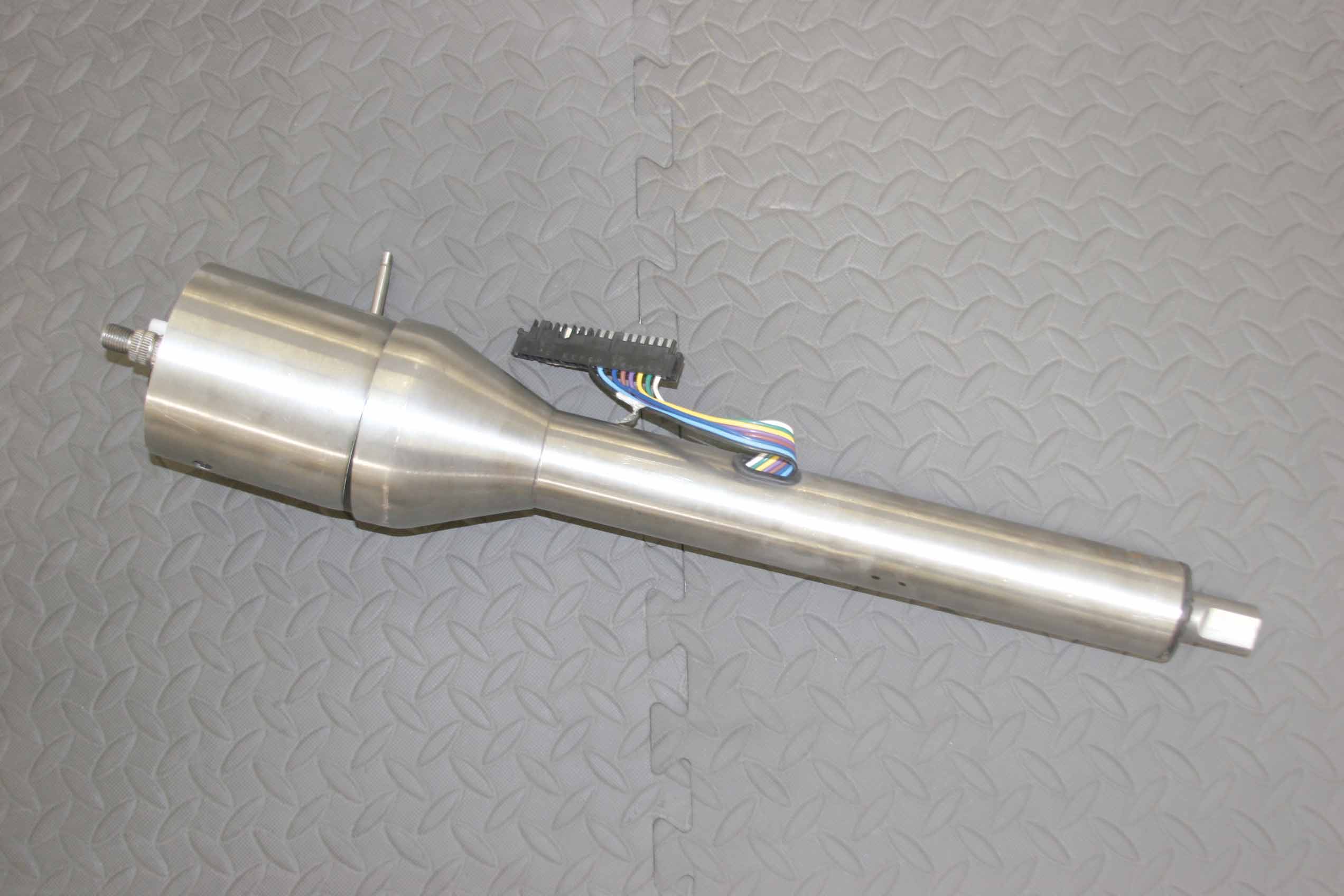
The ididit steering column in the 38 Chevy presented a conundrum for the SRRC crew. Its intended path straight through the engine compartment was blocked by the mighty LS1 lurking beneath. Instead of compromising on engine placement or aesthetics, the team got crafty. Inspired by modern car designs, they opted to dramatically shorten the column and snake it around the engine, hugging the underside of the custom aluminum dash. This not only cleared the heads but also resulted in a sleek and streamlined look that complemented the truck’s overall transformation. This excerpt highlights the resourcefulness and ingenuity involved in custom car builds, showcasing how unconventional solutions can lead to stunning results.

Hot rodders are a picky lot; some want their rides to look as if they stepped out of a time warp, but they also want them to be equipped with the latest of mechanical improvements. Disc brakes, power steering, air conditioning and even full surround-sound stereos and videos are the norm. So it should come as no surprise that the benefits of electronic fuel injection have been fully embraced by those who drive vintage trucks. But with notable exceptions, the look of the fuel injections systems was mostly unpleasing to the eye.
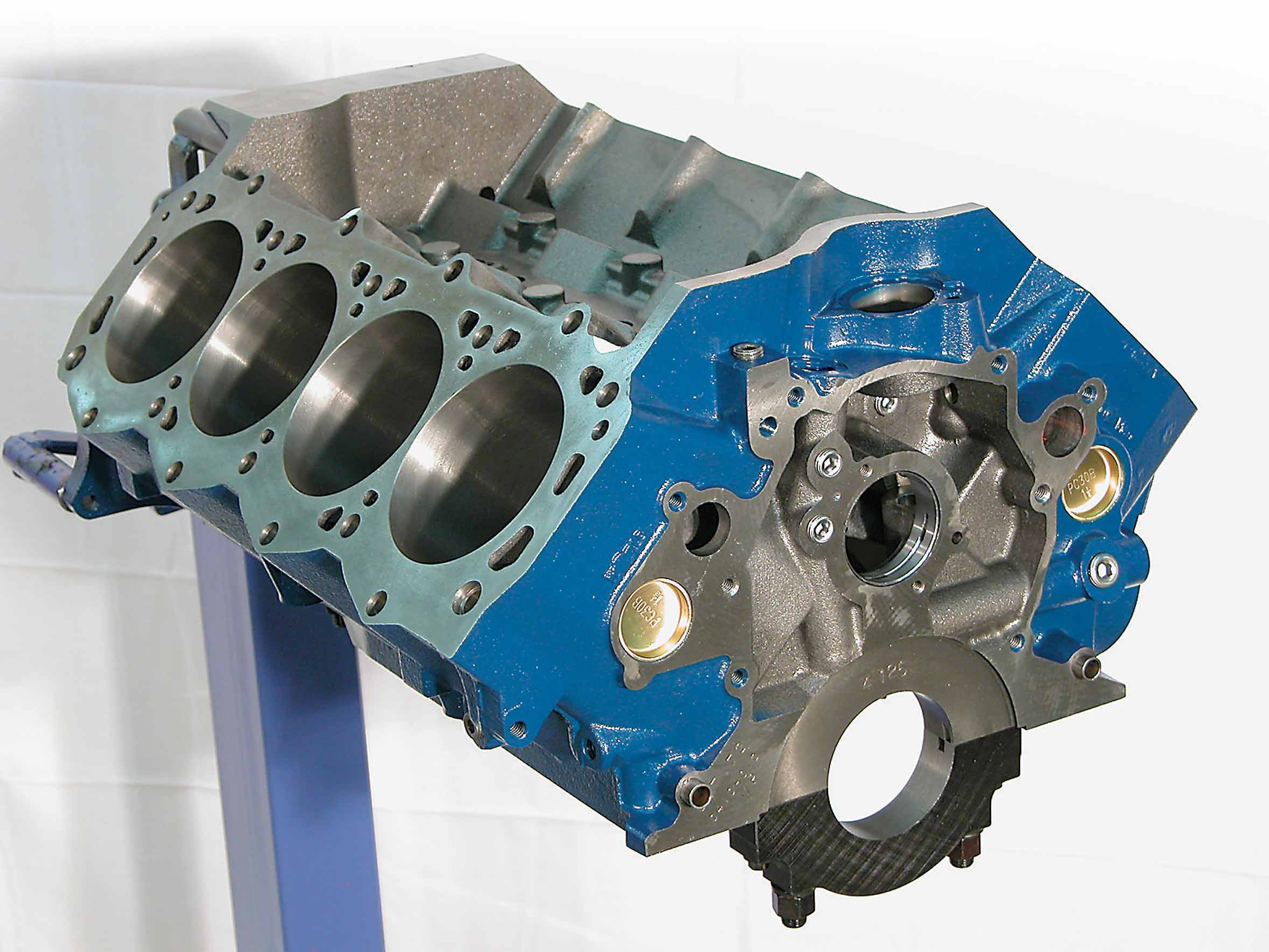
Ford engines are hot, and everyone—even non-Ford guys—are talking about it. The small-block Ford is an awesome package that is made even more awesome by Ford Racing and aftermarket parts. It has continually gained popularity as a high-performance buildup, as a Ford In A Ford engine transplant and as a replacement performance engine for vehicles that were optioned as such but were less equipped when new. With all of this activity surrounding the small-block Ford engine, it is safe to say that it is quickly becoming the small block of choice.
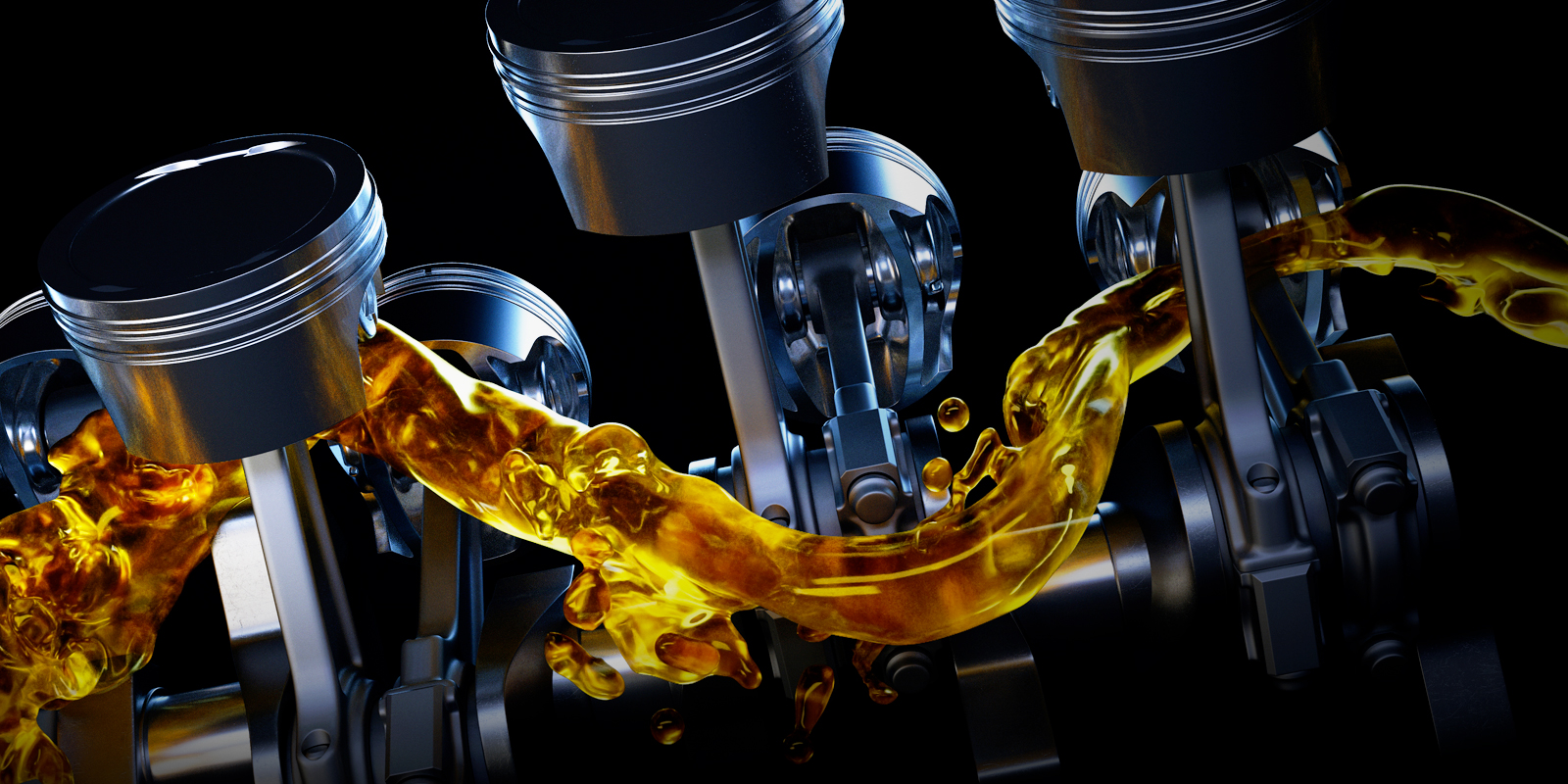
Driven Racing Oil developed the original high zinc, petroleum and low detergent break-in oil over twenty years ago. Break in oil is a specialty oil that reduces wear and contaminates when breaking in a new high-performance engine. It provides controlled friction for your piston rings and incredible protection that helps your camshafts break in properly.
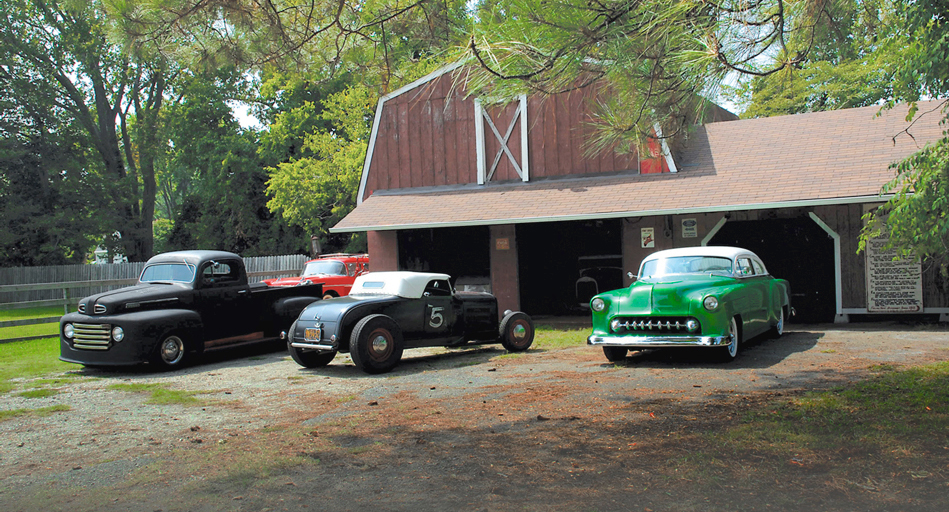
Jack Fuller has been at this hot rod game for a long time, and while he builds hot rods for a living, make no mistake—this is a man who loves his work. As a matter of fact, the mantra of the garage is, “When the fun stops, the doors close for good.” It’s pretty simple stuff, and oddly enough, that seems to be the specialty of the house—basic hot rods that look cool and work well. Jump in a Jack Fuller hot rod, and you’ll know it was designed to be driven. Jack’s own ’32 cabriolet has seen untold miles over the years, as have most of the other hot rods he has built.
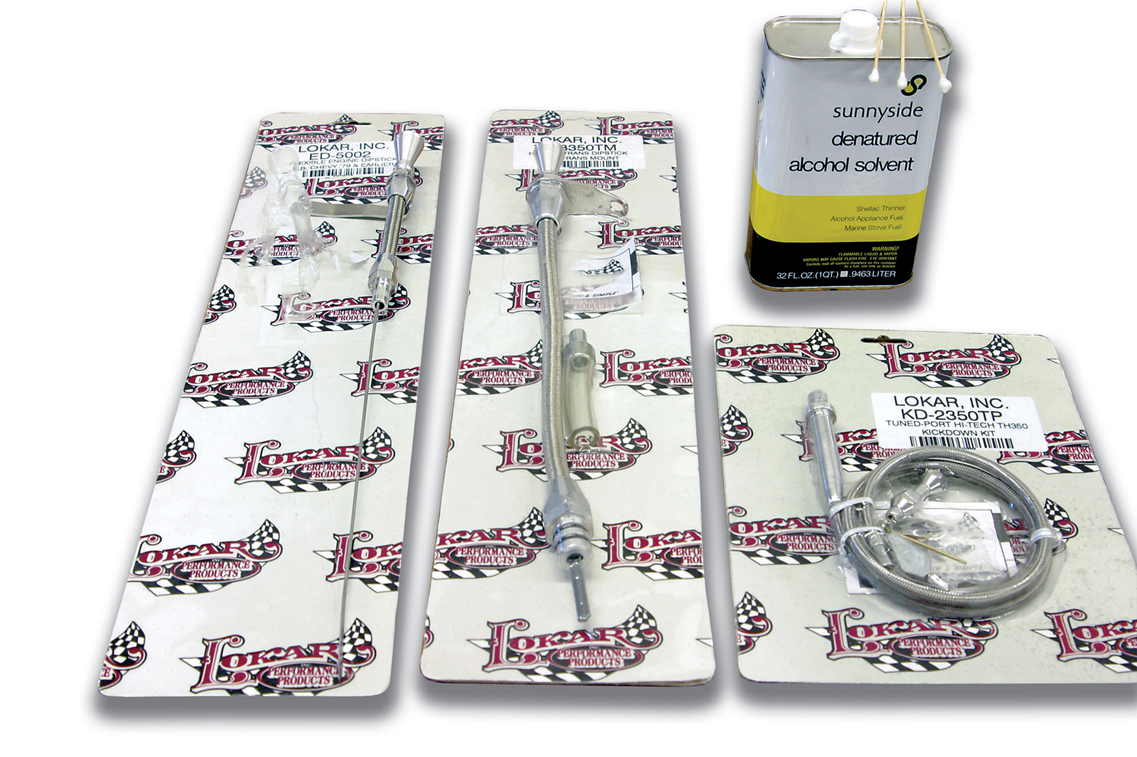
Fluids are the lifeblood of the vehicle. We need to contain those fluids yet still be able to monitor the fluid levels. Our older readers can remember the days before aftermarket flexible dipsticks or silicone caulk were available. The only option in those days was to use an OEM dipstick and dipstick tube. If you needed to shorten the tube, a hacksaw was the tool of choice. If you cut 4 inches off the tube, you then cut 4 inches off the dipstick and ground a couple of notches in the side of the dipstick to note “full” and “add.” Gaskets could be sealed with Permatex, but they had to be used as there was no such option of placing a bead of silicone caulk on the mating surface and assembling the parts.
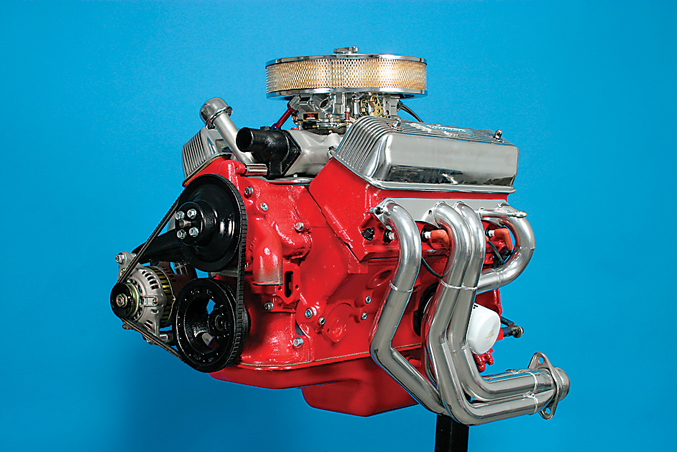
When Ford introduced its Y-block engine in 1954, it labeled the engine the worthy successor to the venerable Flathead. The Flathead gained a loyal following of hot rodders and racers, but the big Cadillac overhead-valve V-8 and Oldsmobile’s Rocket 88 were stealing Ford’s thunder in terms of power, so something had to be done, and Ford decided to respond. The answer was a clean-sheet V-8 design, featuring overhead valves and improved cooling compared to the old Flathead. It was dubbed the “Y-block” because of the way it looked and because of its deep skirt and tall cylinder heads.
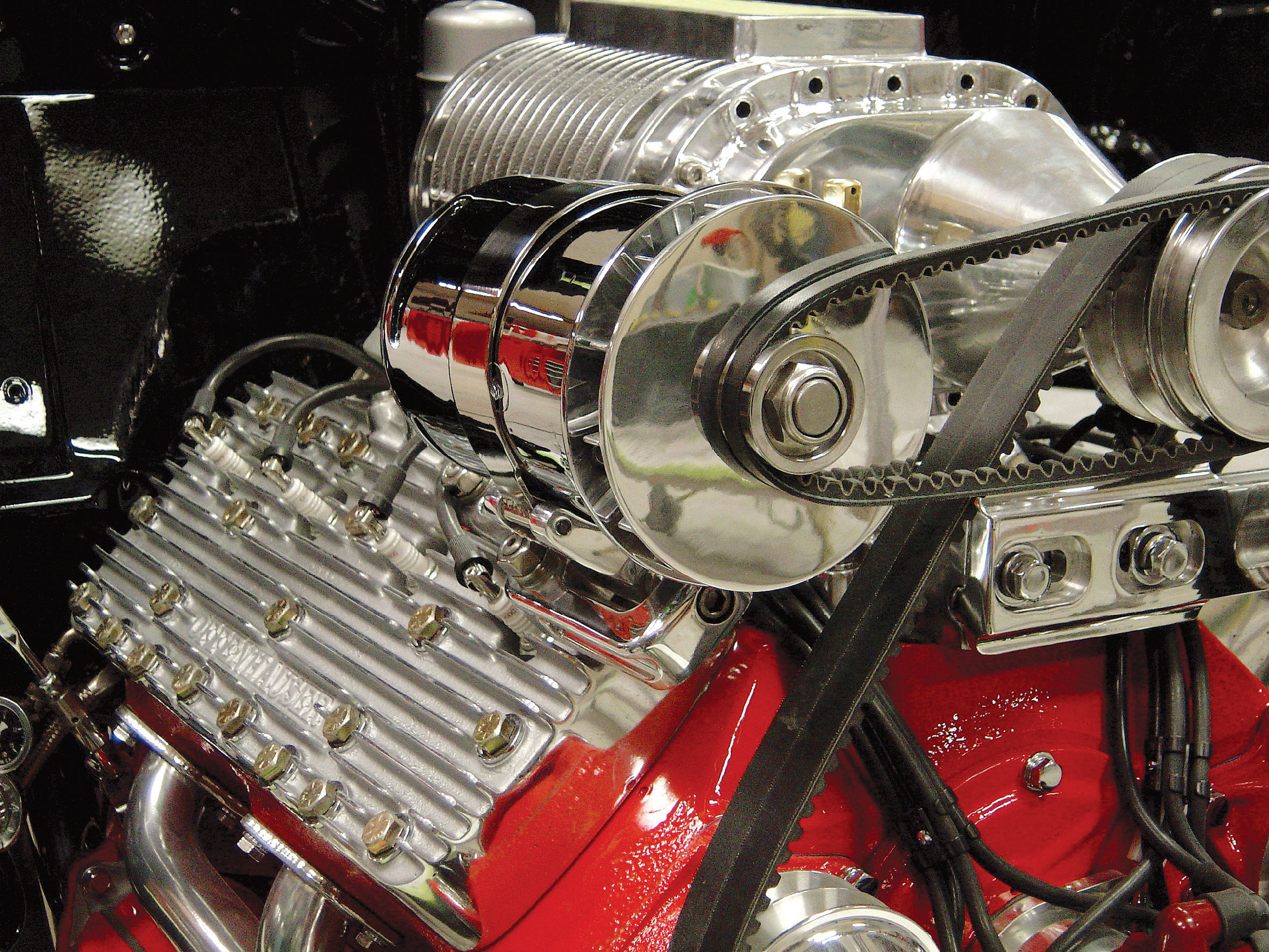
The relentless progress of technology is a difficult topic for those of us captivated by the cars and lifestyles of a bygone era. As technology advances at an exponential rate, we now find ourselves clamoring to keep up with the latest and greatest products that simultaneously render many of our old favorites obsolete. Just about the time you figure out how to use your new digital camera and multifunction cell phone, you find out that someone decided it was necessary to combine the two. The struggle to balance the conveniences of modern technology with our nostalgia is especially difficult for many street rodders.
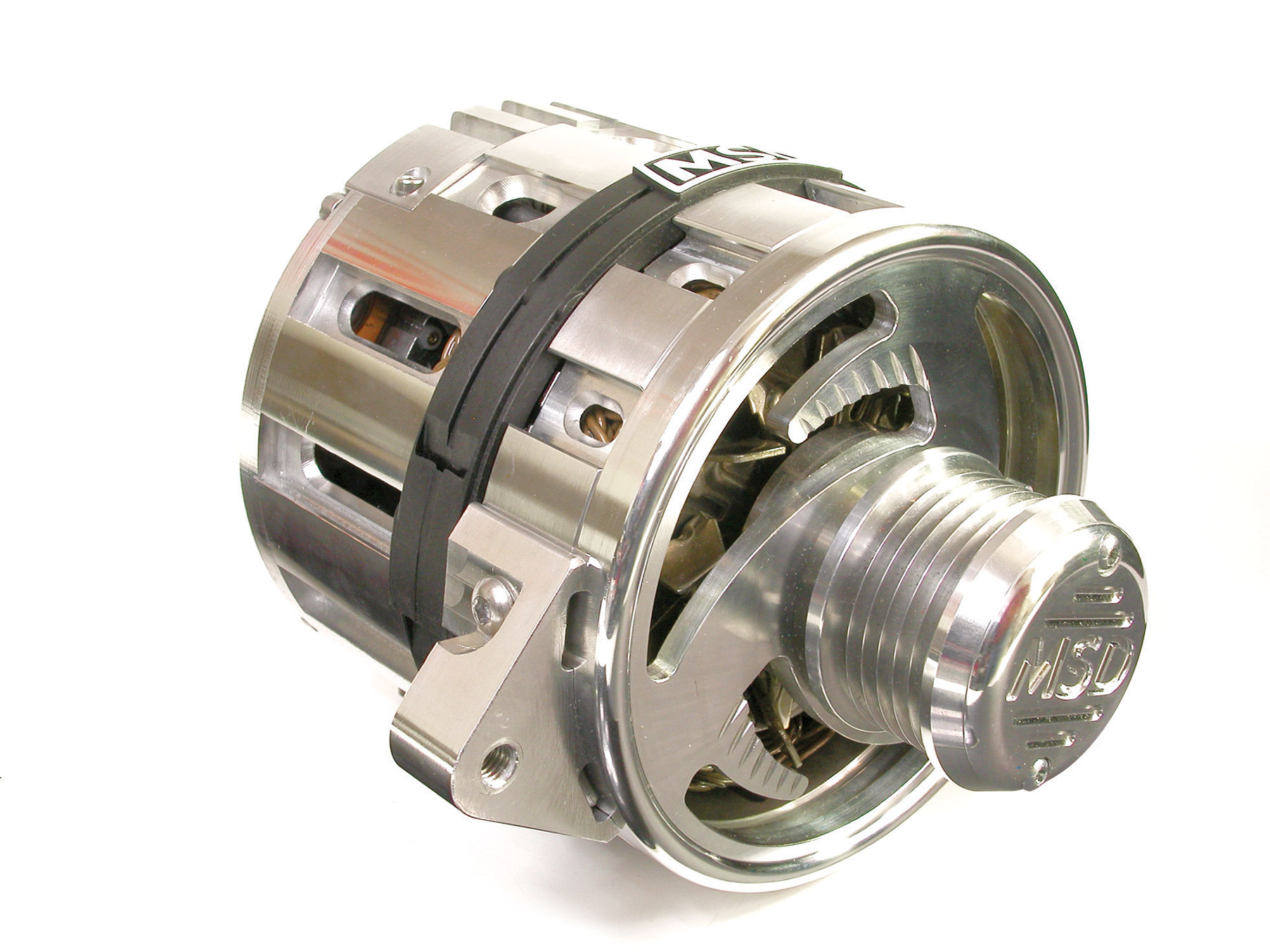
Until now, rodders have been severely limited by the battery-charging alternators they’ve had to select from. Rodders either utilized an OE or an OE-style alternator for their custom engine applications, or they selected one of the aftermarket units that were polished or chromed. Now, with the introduction of MSD’s Advanced Power System (APS) alternator, that’s all changed for the better.




